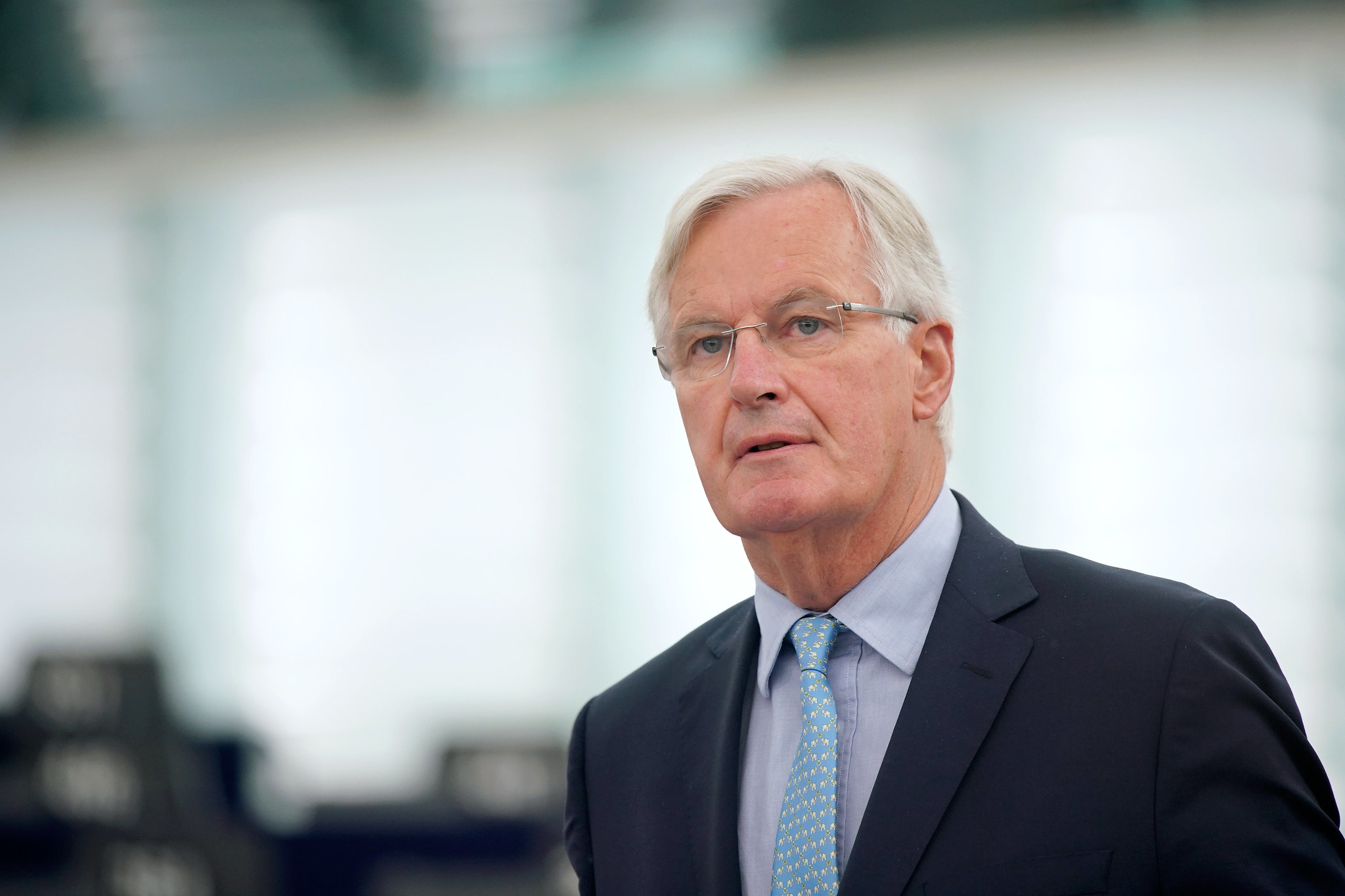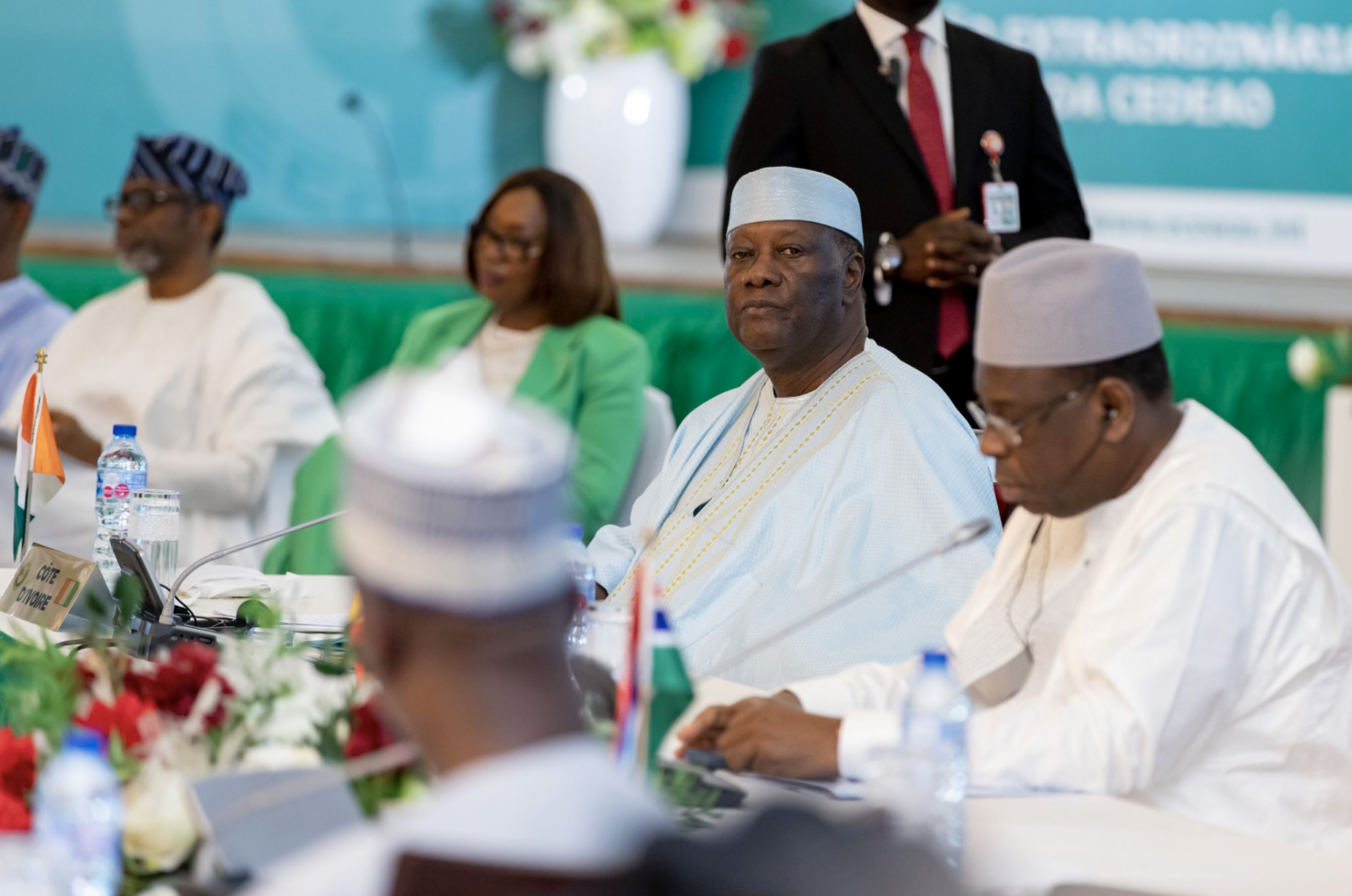Nous recrutons actuellement pour un certain nombre de postes. En savoir plus
Tug of war: Rwanda-SA tensions over the DRC

In a complicated web of geopolitical entanglement, the Southern African Development Community’s decision to launch a military support mission in the Democratic Republic of the Congo (DRC) has led to much disgruntlement in neighbouring Rwanda.
Perennial rivals, the DRC and Rwanda have been at odds since the UN Group of Experts on the DRC submitted credible evidence that Kigali was providing funding and support to the M23 rebel group, which has displaced over one million people from North Kivu province through violent attacks.
The December 2023 launch of the SADC mission in the DRC (SAMIDRC) to support the Congolese army (Forces Armees de la République Démocratique du Congo – FARDC) in combating armed groups – including M23 – in the eastern part of the country should have bolstered stability. Yet it has raised Rwanda’s ire, with Kigali objecting to the lack of consultation prior to SADC’s deployment. The country went as far as sharing its objections at the UN Security Council and appealing to the African Union, asking these institutions not to fund or endorse the mission on grounds that SADC forces would, supposedly, exacerbate the conflict. Irrespective of the validity of these allegations, such claims are ironic given Rwanda’s own (alleged) role in eastern DRC.
What’s the big deal?
Admittedly, before deploying its forces to Mozambique in 2021 in support of government action against insurgents, Rwanda engaged with SADC concerning its intentions. Yet, SADC was under no such obligation to reciprocate ahead of deploying to the DRC. While Rwanda’s President Paul Kagame has expressed his frustration over the matter, the blame seems to be misplaced. In the case of Mozambique, Rwanda was an entity outside of the SADC regional bloc, which was entering a conflict where it would work alongside forces deployed by the bloc – as well as local soldiers and police officers. In this case, the DRC is a member of SADC, but Rwanda is not – and SAMIDRC will not be working alongside other bloc forces.
Too many blocs spoil the broth
The seeds of the dispute can be traced back to regional dynamics. The East African Community Regional Force (EACRF) was unceremoniously booted out of the DRC in December 2023 prior to SAMIDRC’s deployment a week later. Alongside anti-Rwandan sentiment stirred by election campaigns in DRC, President Félix Tshisekedi was move to reject the renewal of EACRF’s mission on the ground of the force’s apparent reluctance to take offensive action against M23, despite a mandate to “defeat the armed groups elements in the Eastern DRC”.
The new SADC mission – comprising troops from South Africa, Malawi and Tanzania – was deployed under the bloc’s 2003 Mutual Defense Pact, which specifies that “any armed attack perpetrated against one of the states parties shall be considered a threat to regional peace and security, and shall be met with immediate collective action.” SAMIDRC has already experienced casualties: two South African soldiers were killed a mere three months into its mission in February 2024, while another three Tanzanian soldiers lost their lives in April.
Complicating matters with Rwanda is the presence of another armed group operating in the region: the Democratic Forces for the Liberation of Rwanda (Forces Démocratiques de Libération du Rwanda – FDLR). It counts among its members perpetrators of the 1994 genocide, and has previously made cross-burder incursions into Rwanda. As such, Kigali has a vested interest in military and political actions taken against this group, particularly in light of findings that FARDC has previously provided support to the FDLR in its fight against M23.
Tense precedents
Bilateral relations between South Africa and Rwanda have been frosty over the past decade. This stems from the fallout of assassinations, or attempted assassinations, of former Kagame allies – turned dissidents – on South African soil. In the matter of the murder of Rwanda’s former external intelligence chief Patrick Karegeya in 2013, the Gauteng Director of Public Prosecutions explained his decision not to pursue prosecution due to the fact that the suspects had returned to Rwanda, and that “close links exist between the suspects and the current Rwandan government”.
The relationship further soured following repeated attacks on former Rwandan army chief General Faustin Kayumba Nyamwasa, which led South Africa to expel three diplomats sent by Kigali in March 2014. Rwanda expelled six South African diplomats in reciprocity, citing “concern at South Africa’s harbouring of dissidents responsible for terrorist attacks in Rwanda”.
What now?
President Cyril Ramphosa undertook a visit to Rwanda as part of commemoration activities marking the 30th anniversary of the genocide. While in-country, on 6 April Ramaphosa engaged his Rwandan counterpart in an attempt to thaw relations, and iron out some of the issues surrounding SAMIDRC’s deployment. In post-meeting press conferences, the two leaders agreed that a “peaceful political solution is the best option to any military action”, and that SADC and Rwanda can work together to install peace. They were also united on the risks presented by FDLR’s incursions into Rwanda.
Also present at the genocide commeroration was former South African President Thabo Mbeki, who oversaw formation of the Pretoria Accord peace agreement between Kagame and then-DRC president Joseph Kabila in 2002. The agreement mandated the DRC to disarm combatants implicated in the genocide, in exchange for Rwanda withdrawing its forces from Eastern Congo. As Mbeki points out, a political solution exists – it has just never been implemented. He has called for these political processes to be revisited, citing the futility of military action which will simply lead to more deaths.
What next?
While presidential engagement might have served to patch over the cracks in the Rwanda-South Africa relationship, suspicions persist on both sides. With both countries holding elections in the coming months, there remains a risk that SADC’s actions in the DRC end up politicised – just as the EACRF’s role was previously. Ultimately, the conflict in Eastern Congo remains a continental faultline, with overlapping regional economic communities competing for influence. DRC’s natural resource wealth remains a source of regional – and geopolitical – intrigue, and African states, just as culpable as global powers for meddling in the country.
The exit of the EACRF, and the pending departure of the nearly 25-year UN peacekeeping force, may represent a new chapter in the history of Eastern DRC, but for those blessed with long memories or historical knowledge of the conflict, the changing of the guard is unlikely to herald an era of peace and stability.
Related articles
Proud to be BCorp. We are part of the global movement for an inclusive, equitable, and regenerative economic system. Learn more


